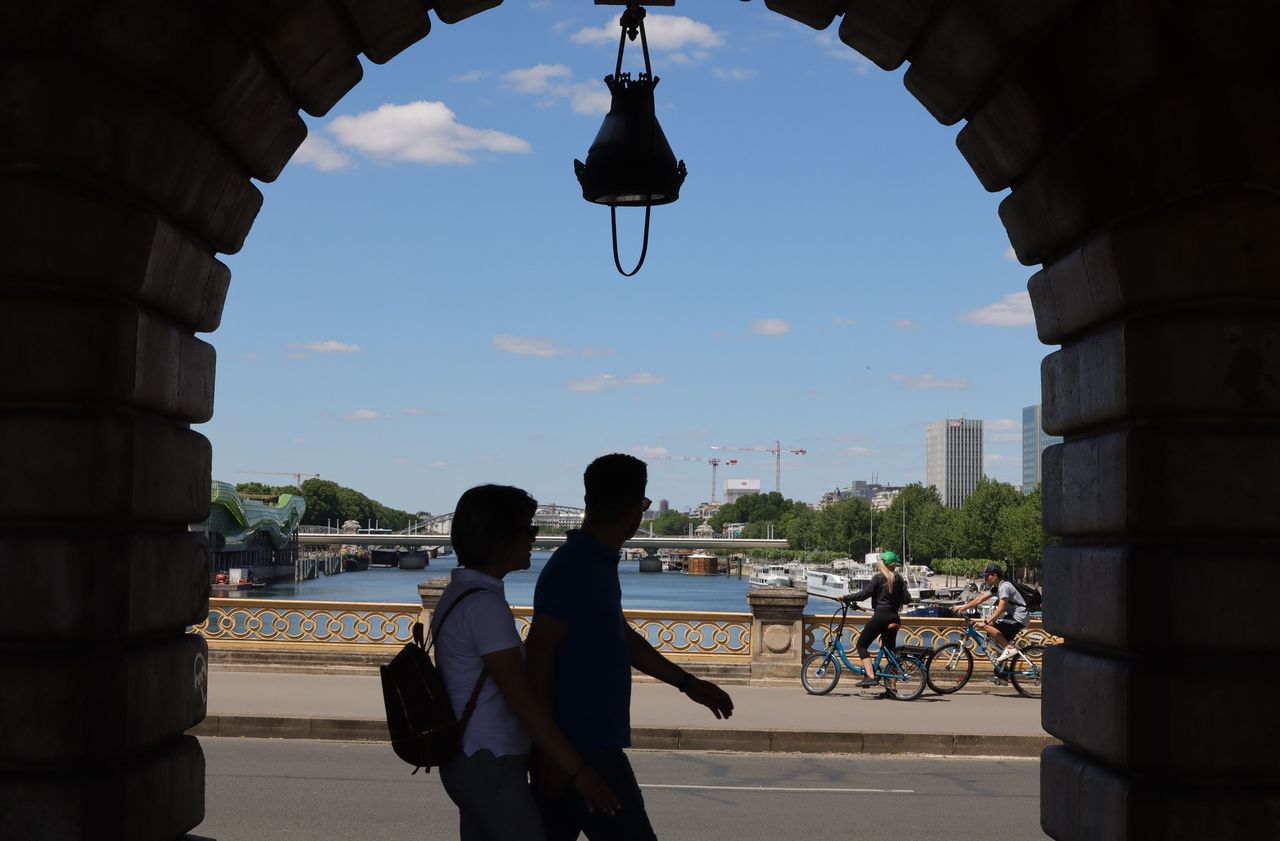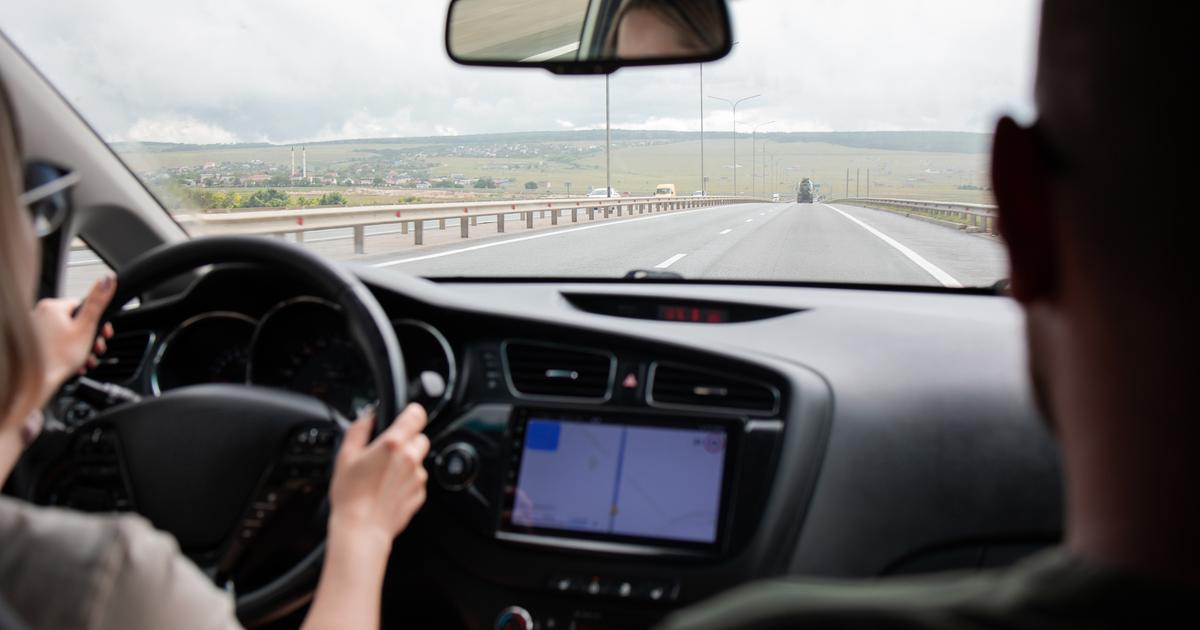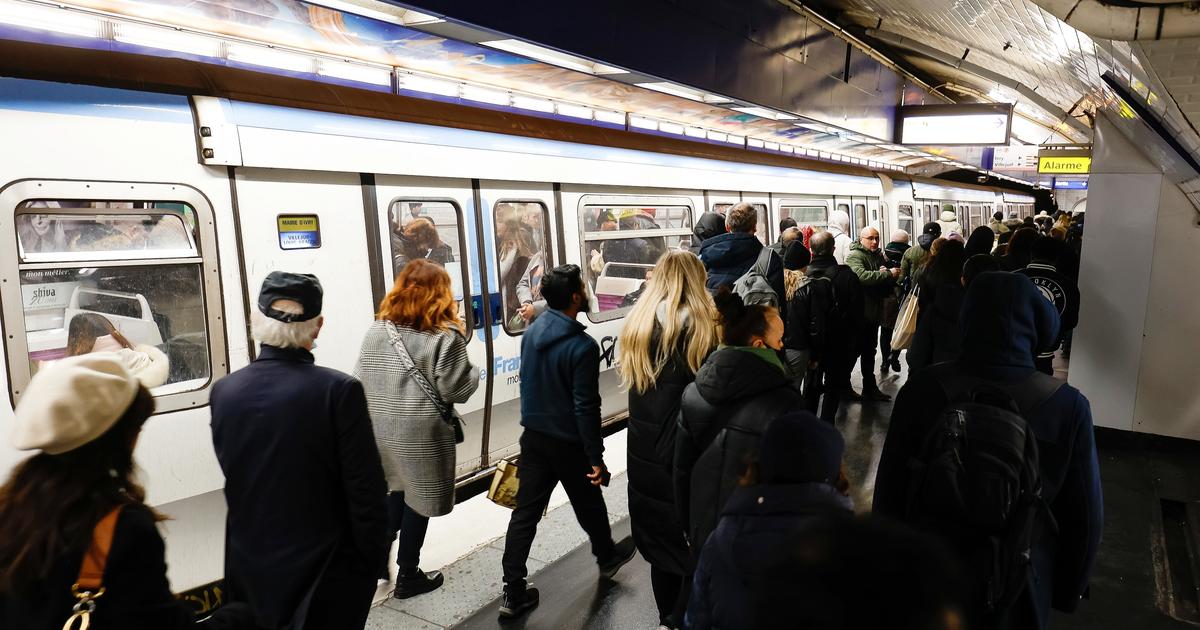Ile-de-France, classified orange on June 2, can it finally go green on the deconfinement card? This is what Anne Hidalgo and Valérie Pécresse have recently asked, in turn. “All the indicators show that the epidemic has receded and I believe that a much faster return to normal is needed. Children must be able to go back to school, restaurants must be able to reopen. We need to ease the constraints on transport while maintaining the wearing of a mandatory mask, ”argued the region president on Wednesday morning on RTL.
Anne Hidalgo, the mayor of Paris, launched a similar appeal on June 4. "If the epidemic marks a brake, if there are no more clusters in Paris, then I think that with prudence rules and health rules, we should perhaps be able to return" to restaurants, " cinemas and theaters, ”she said on France Inter.
The placement of the Ile-de-France in orange had particularly sorry the restorers of the region, already hard hit by the period of confinement and who could only reopen their terraces on June 2.
But according to current figures from Covid-19, they can be reassured. If we trust all the criteria set by the Ministry of Health on May 28, everything shows that Ile-de-France has good reasons to go green. To better understand, let us pass these four indicators - the incidence rate, the positivity rate, the “R” factor of virus reproduction, and the rate of bed occupancy in intensive care - in review.
An incidence rate below the vigilance threshold
This first criterion is linked to the number of people infected over a week and per 100,000 inhabitants. Below 10 people per week per 100,000 inhabitants, the rate is considered to be below the alert threshold. Ile-de-France fell below this threshold on June 1. The departments with the highest rate averages, namely Val-d'Oise, Val-de-Marne and Yvelines, have rates between 8.9 and 7.3.
In the Grand-Est, on the other hand, certain indicators exceed the vigilance threshold, as in the Meuse, the Marne and the Meurthe-et-Moselle. However, they are still far from the alert threshold, set at 50 cases per 100,000 inhabitants over a week.
Newsletter - The essentials of the news
Every morning, the news seen by Le ParisienI'm registering
Your email address is collected by Le Parisien to allow you to receive our news and commercial offers. Find out more
The department of Mayotte, for its part, greatly exceeds the alert threshold. Thursday, Guyana and Mayotte were also the subject of a meeting dedicated to the government, which advocates numerous tests and a rapid tracing.
A low positivity rate
Without a predefined threshold, it is difficult to know whether Ile-de-France is below a level of vigilance or alert. But it can be noted that this positivity rate, which counts the number of people tested positive on a total of suspicions, is low everywhere in the region. It is close to the rate of several departments of Hauts-de-France or Grand-Est, which remain undefined.
These low rates go in the direction of what seems to wish the Minister of Health, Olivier Véran. "The lower the rate, the more we test people who are not sick, the wider we test and therefore the narrower the cracks," he explained before the deconfinement.
A reproduction factor below 1
The R factor counts the average number of infections caused by a single infected person. "If it is greater than 1, it means that each carrier of the virus will transmit the virus to more than one person and therefore the epidemic is increasing," explained Olivier Véran on May 28. “When the R is less than 1, we can then consider that the epidemic regresses. "
It seems that this is the case in Ile-de-France, where, according to an epidemiological point from Public Health France published on June 4, the Ile-de-France factor was 0.80 in the week from May 23 to 29. For more recent figures, it will be necessary to wait until Thursday, the day when Santé Publique France will publish new points.
Occupation of intensive care beds below the vigilance threshold
The occupancy rate of intensive care beds was already used in the previous maps released during confinement. There are two thresholds: an alert, at 60% of the intensive care beds occupied, and a vigilance, at 40%.
On June 2, Ile-de-France was under the alert threshold, with 549 of the 1,200 beds occupied. On June 6, the region fell below the vigilance threshold, with 478 beds occupied out of 1,200. And the figure continues to drop.
We can also analyze the number of new hospitalizations to assess the progression of the epidemic. On this side, the Pays de Loire region recorded the highest figure over the last week, ahead of Ile-de-France. The two regions are followed by Grand-Est and Bourgogne Franche-Comté.
It remains to be seen whether Ile-de-France will actually be able to go green before the next stage on June 22, as Anne Hidalgo and Valérie Pécresse ask. Contacted on this subject, the General Directorate of Health has not yet answered our questions on Wednesday.









